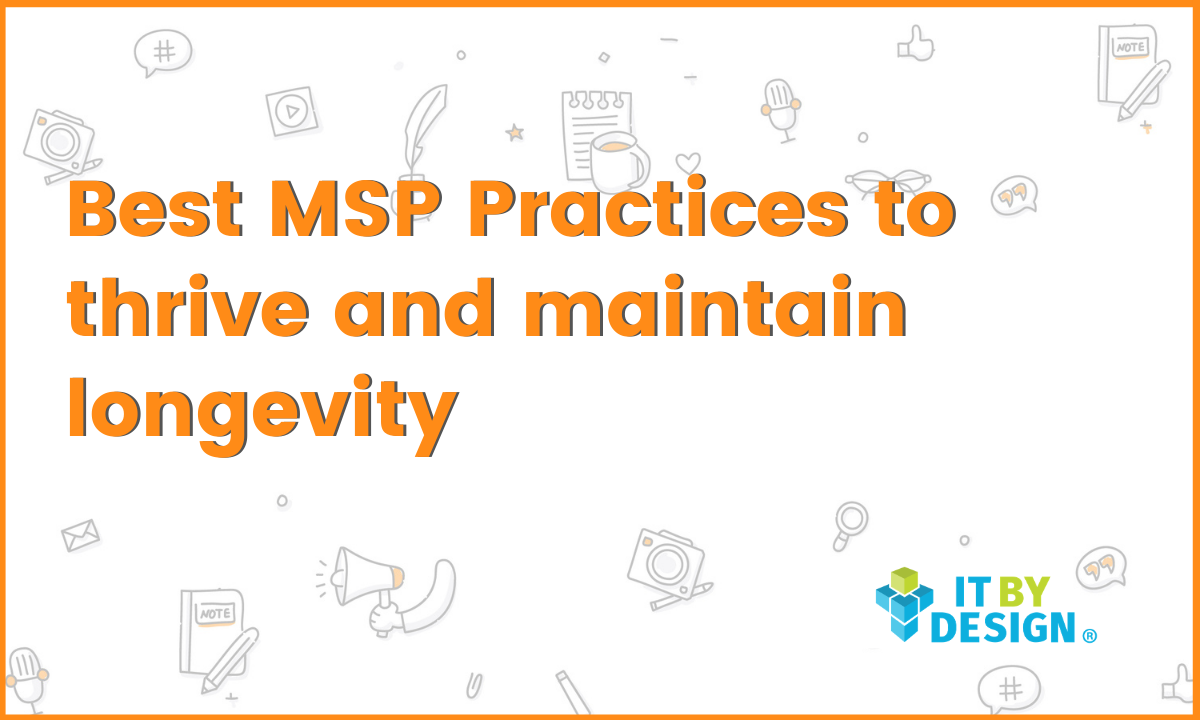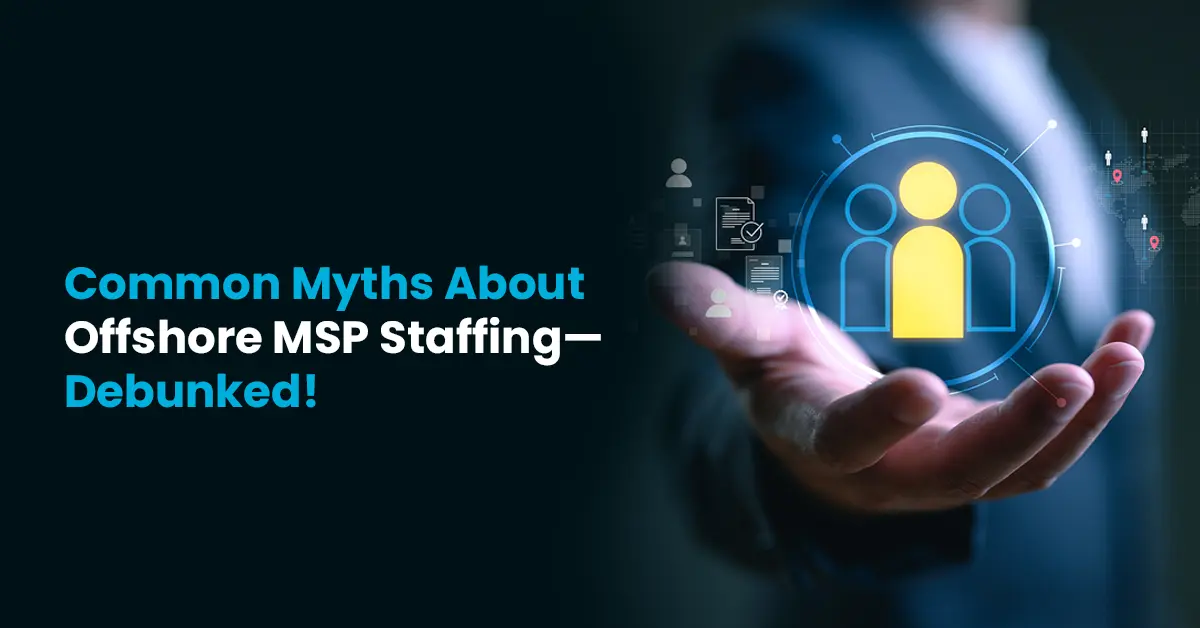Every year, many MSPs fail by closing or selling out to competitors because they cannot continue their vision to success. I can tell you from my personal experience that long-term success and business longevity take more than hard work and a little luck. MSP leaders and entrepreneurs who achieve exceptional business longevity share the same business practices that guide them to long-term success.
To discuss what MSPs can do to continue to evolve year after year, I invited Paul Cissel, CEO of Growth Caddie, LLC., for this week’s Silver Linings podcast. Paul, who has a wealth of knowledge and proven M&A best practices from his 40+ years of experience in the IT industry, shared metrics that high-growth MSP owners can use to remain profitable. We discussed all the best practices MSPs should embrace while scaling up and onboarding new clients.
Keep a close eye on key metrics
You cannot manage what you cannot measure. Good metrics and key performance indicators aka KPIs are key to any MSP’s success. First off is a simple, basic but crucial measure – percentage service gross margin (% SGM). The service gross margin represents the portion of each dollar of revenue that the MSP retains as gross profit. Paul says every MSP should aim at having this value of at least 50 percent or more to maintain great profitability.
Another key metric is Revenue Per Employee (RPE) which essentially highlights how much money each employee is generating for your MSP. This number can be obtained by dividing the total revenue of your MSP by the current number of employees working for you. For most MSPs, the largest expense is the cost of ‘people.’ RPE tells your business how efficiently you are operating.
Net Operating Income is an important metric that summarizes the current health of your MSP practice. Operating income is similar to earnings before interest, taxes, depreciation, and amortization (EBITDA), except that EBITDA also considers amortization and depreciation. Other metrics to watch out for must be Administrative Expense (ideally less than 20 percent of revenue), Service Utilization (the percentage of service inventory time that is billable per engineer), Client Contribution (how much your MSP earns from each client, less the cost of obtaining this revenue) and Client Effective Rate (how much your MSP makes from each client based on time spent servicing them).
Minimize reactive tickets
Reactive service tickets are the most impactful reason why your MSP isn’t making the money it should. Anything that is scheduled –a vCIO or network administrator meeting or centralized service delivery – is proactive. Anything that is unscheduled, like monitoring alerts, user requests, and moves/adds/changes (MACs) is reactive. Cutting down the number of these tickets that you address per endpoint per month can help boost your engineers’ productivity, leading to improved RPE across the MSP.
Start with assessing where all reactive tickets are coming from. For better ticket management, classify existing reactive tickets in levels 1 to 3. Evaluate the number of tickets per endpoint per month (T/EP/M) your team is addressing. Once you have this number, visit your service delivery strategies and processes to:
- Align your client’s technology with your standards.
- Ensure that your processes are applied properly to your clients’ solutions.
- Monitor systems and upgrade networks before problems occur.
- Anticipate and address issues before they arise by identifying areas of weakness in your clients’ networks.
- Assess the number of tickets you have coming in now versus the number you should have.
You need a way to compare your ticket levels to those of other MSPs as well. I would suggest you set a goal of facing only 0.5 T/EP/M before you eventually achieve as few as 0.25 T/EP/M.
Control labor costs and boost employee productivity
To curb your labor expenses, you’ll need to have an accurate picture of what you’re paying each employee, beyond their basic salary or hourly rate. Knowing the exact cost of each employee will help you detect and fix hidden areas of overspending. Review your procedures and upgrade where possible. Sometimes, the right software and little automation can help to reduce labor costs within a matter of days or weeks. All this while remember, that controlling labor costs is not about swinging the axe and eliminating staff. It is also not about ditching commission or freezing bonuses. It is figuring out a way to improve cost efficiency while at the same time improving employee morale.
For boosting MSP-wide productivity, ask yourself hard questions such as “Is my technology up to date?” or “Are my engineers properly trained?” Although training and development is not solely responsible for a higher RPE, they can help you increase RPE across the MSP. Through all the efforts of reskilling and upskilling, you can contribute to the productivity of an employee and through that, the RPE. Right from talent acquisition to retention and finally ensuring capability building for all employees, the function of human resources can partner with you in ensuring higher returns per employee.
Final Thought: In the wake of the crisis, we all learned a lesson about the damage that can come from not relying on important data and key metrics to drive business decisions MSPs that are willing to make the most of key metrics can help their businesses thrive and maintain longevity in 2021 and beyond.








